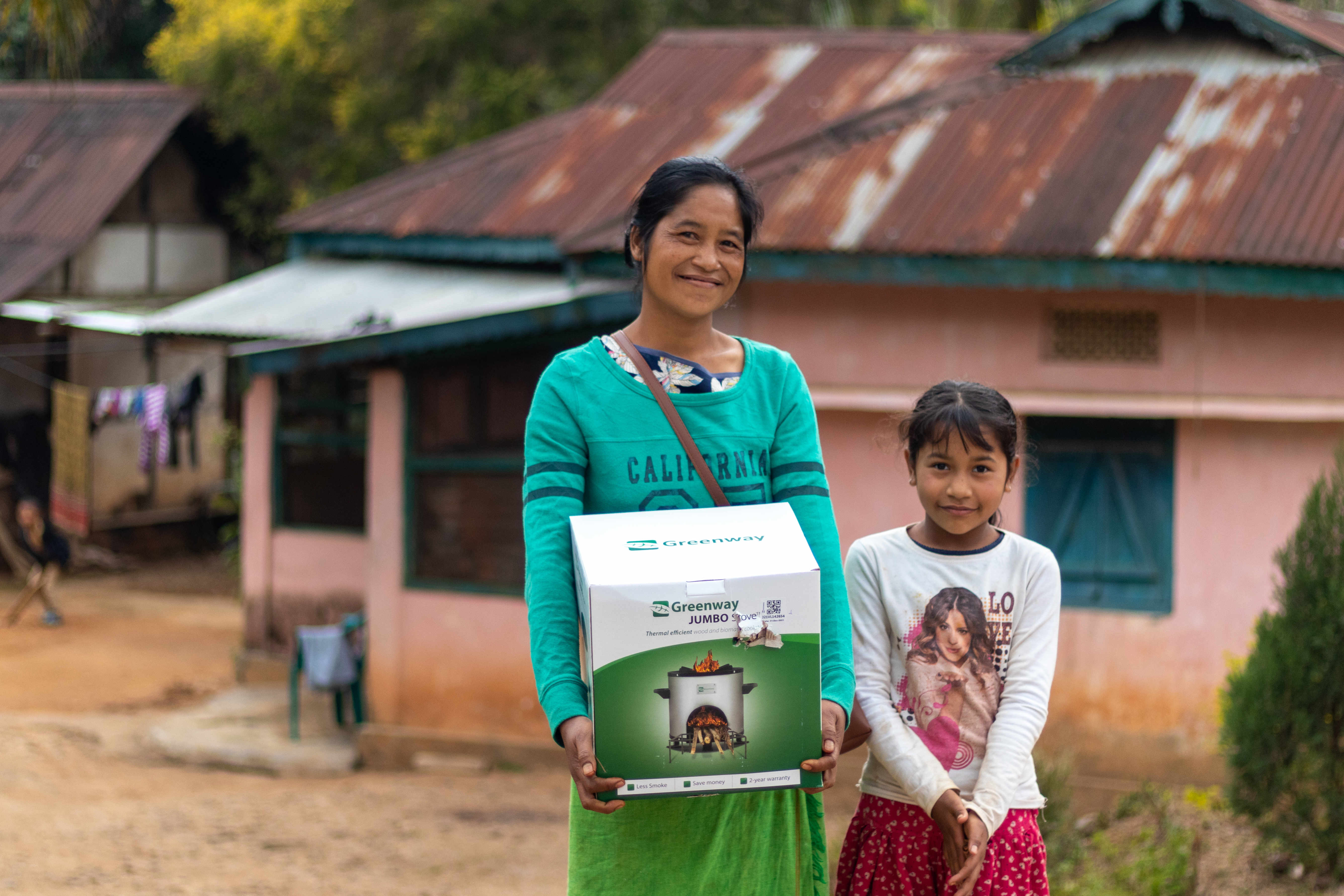Remote Himalayan communities creating smart and sustainable villages
Organization: GLOBAL HIMALAYAN EXPEDITION (GHE)
Donor: MULTIPLE (LOCAL AND INTERNATIONAL)
Beneficiaries: 200,000
In the Hindu Kush Himalayan Region of India, local mountain communities are building resilience to climate change through measures including developing clean energy and sustainable tourism.
Residents of some of the highest settlements in the world in the Indian Himalayas are both metaphorically and literally off the grid, making them dependent on natural resources such as firewood and animal dung for their energy, cooking and heating needs. This generates carbon emissions and depletes forests, in addition to presenting a serious threat to their own health, as the burning of fossil fuels produces dangerous fumes.
Through its intervention ‘Creating Self Sustainable, Smart and Low Carbon Villages’, Global Himalayan Expedition (GHE) is helping these communities to transform through locally designed, locally implemented and locally maintained solutions. Their aim is to bring about holistic change by merging the elements of sustainability, clean cooking, digital education, homestay tourism and solar-based electrification.

Being connected with a solar grid gives villages a future and protects their cultural heritage, explains Skalzang Wangyal, a local ex-councilor in the region:
“Unless and until villagers have basic facilities, they will migrate to the town. Now our village [Hanamur] has basic facilities due to GHE’s intervention of bringing Solar Electricity, so the young generations will probably stay here."
Remote Himalayan communities are among the 733 million people globally that are without access to electricity. GHE is bringing access to clean energy by setting up decentralized DC solar grids and providing clean cooking solutions by installing improved cookstoves. In addition, communities’ prospects are enhanced through the upgrading of community infrastructure, such as through the instalment of solar rooftop plants to power health care centers, together with providing critical medical care equipment as well.
To date, GHE has brought development access to more than 200,000 people through the solar electrification of Himalayan villages, with solar grids used in homes, schools and health centers. Paras Loomba from GHE explains the organization’s approach to empowering unelectrified local communities with microgrids:
“We need technology which is small, something that can be maintained by the local community and owned by them. That’s how the concept of DC solar microgrids came in. It’s easy to install. It’s highly efficient. And it’s a decentralized solution for energy access."

“It’s not about just providing a lightbulb,” says Jaideep Basal from GHE. “It’s about how that lightbulb can really lead to the economic advancement of these communities. They are not dependent on a big grid infrastructure for electricity. They have their own resources to produce their own power. They have the resources to consume that power. That is really the future of electricity."
GHE is also active in other areas, for instance, providing training to local people on climate change and sustainability to protect the local ecosystem. Furthermore, through learning about sustainable homestay tourism, local women are able to become entrepreneurs and earn a sustainable income, while helping to meet a demand among travelers who want to have a carbon neutral holiday and support climate resilient projects.

The logistics of working in these regions where there are no roads and no mobile connectivity can make it very challenging to reach out to communities. For this reason, GHE sought the assistance of local contacts to help identify villages that could not be found on google maps. Today these same remote villages have access to offline internet systems, enabling local children to benefit from Wikipedia and other learning resources that are installed on them.
Engagement with local stakeholders is both top- down and bottom up. Before initiating projects for a region, GHE engages with the local communities and groups through a series of stakeholder meetings. The top-down approach helps identify the scope of the intervention and support from the local leadership, whereas the bottom-up approach helps establish the real needs of the community and the required solutions to be implemented.
A cross section of people from the region are engaged with, from regional government officials to local village leadership, including listening equally to the voices of local men and women. This approach helps to create awareness among the people impacted by the project, provides GHE with a deeper understanding of the realities on the ground, and helps to reduce any friction during the implementation phase by establishing a good working relationship with local communities.
Project funding reflects the overarching philosophy of the project, which is to empower local communities rather than operate on a donation model. While GHE funds the initial capital costs including installation of new technology, villagers make contributions on a household basis, which typically goes towards maintenance and upkeep.
For each project, GHE encourages members of the local community to open a joint village bank account, represented by two or three individuals nominated from the local area. Initially the entire capital funds are managed by Global Himalayan Expedition directly so as to ensure adequate financial controls. Once local committees have received training in financial management, however, they are given full authority and ownership of the revenue coming into the community accounts.